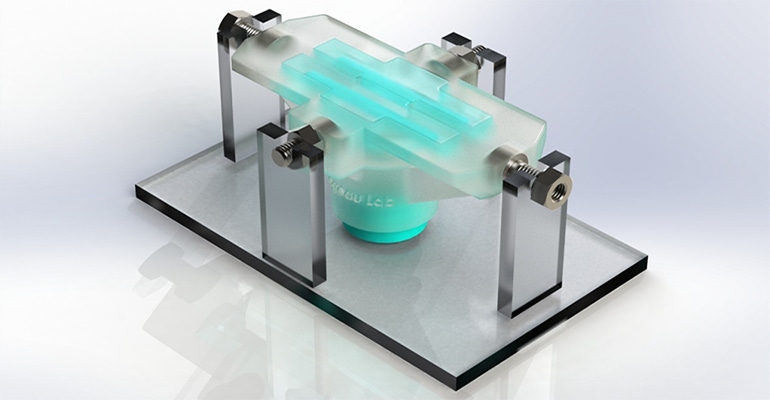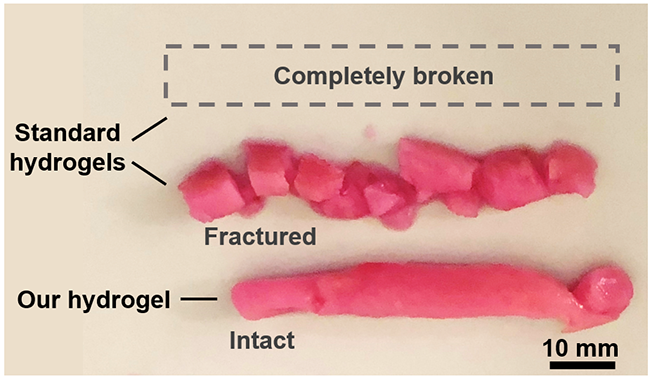The injectable hydrogel reportedly is the first to combine the porosity and toughness needed to repair damaged vocal cords, for example.
December 6, 2021

An injectable hydrogel developed by a multidisciplinary team of scientists at Montréal’s McGill University reportedly is strong enough to repair the heart, muscles, and vocal cords. Described as a major advance in regenerative medicine, it’s the first injectable wound-repair material that can withstand the constant movement of heart and vocal cord tissues as they heal, according to the team of researchers.
The hydrogel is a type of biomaterial that provides room for cells to live and grow, said the press release on the McGill University’s Department of Mechanical Engineering website. The biomaterial forms a stable, porous structure inside the body, allowing live cells to grow or pass through to repair the injured organs.
“The results are promising, and we hope that one day the new hydrogel will be used as an implant to restore the voice of people with damaged vocal cords, for example laryngeal cancer survivors,” said mechanical engineering PhD candidate Guangyu Bao.
The hydrogel’s durability was tested in a machine developed by the researchers that simulates the biomechanics of human vocal cords. Vibrating at 120 times per second for more than six million cycles, the new biomaterial remained intact whereas other standard hydrogels fractured into pieces.
|
Researchers designed a device that simulates the mechanical performance of vocal cords to test the new hydrogel. It remained intact under conditions that caused other hydrogels to fracture. |
“Before our work, no injectable hydrogels possessed both high porosity and toughness at the same time. To solve this issue, we introduced a pore-forming polymer to our formula,” said Bao.
The innovation opens other avenues for applications such as drug delivery, tissue engineering, and the creation of model tissues for drug screening, according to the scientists. The release said that the team is even looking to use the hydrogel technology to create lungs to test COVID-19 drugs.
“Our work highlights the synergy of materials science, mechanical engineering, and bioengineering in creating novel biomaterials with unprecedented performance. We are looking forward to translating them into the clinic,” said Professor Jianyu Li, who holds the Canada Research Chair in Biomaterials and Musculoskeletal Health.
Li and Professor Luc Mongeau led the research. A paper has been published in the Advanced Science journal.
You May Also Like



